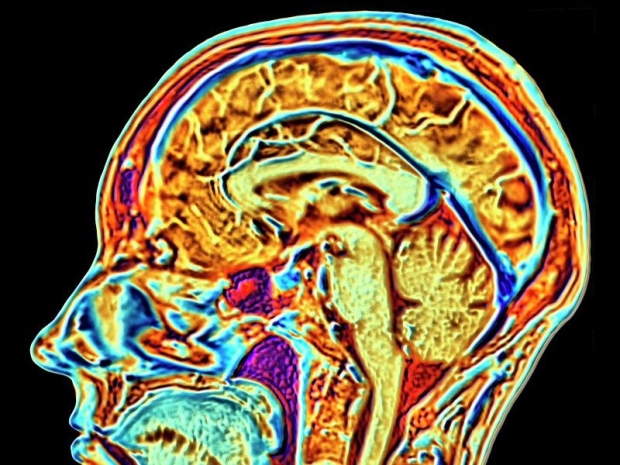What is cool about it is that the software can spot problems before the symptoms set in.
The model was first trained with brain images from healthy adults and then shown those with mental health issues, allowing it to identify tiny changes that go unnoticed by the human eye.
A team of boffins led by Georgia State think that they could soon detect Alzheimer’s in someone as young as 40 years old, which is about 25 years before symptoms start to appear.
By catching such diseases early would help patients receive treatment that could lessen the strain of the mental illness.
The AI was trained on a massive dataset of more than 10,000 people to understand functional magnetic resonance imaging (fMRI), which measures brain activity by detecting changes with blood flow.
The AI is able to find patterns in brain scans that are linked to mental health issues. Here is the results for children the AI diagnosed with autism
Once the AI could read basic fMRI, the team then fed it datasets of more than 1,200 people who have been diagnosed with mental illnesses – autism, schizophrenia and Alzheimer’s.
And the system was able to spot different patterns for the three mental diseases.
While this is possible now, using fMRI to identify mental illness can be pricey – a human must carefully comb through the data – but using an AI dramatically cuts costs and time.
Vince Calhoun, Founding Director of the TReNDS Center and one of the study’s authors, said in a statement: ‘Even if we know from other testing or family history that someone is at risk of a disorder such as Alzheimer’s, we are still unable to predict when exactly it will occur.
The model was first trained with brain images from health adults and then shown those with mental health issues. This allowed the AI to understand the difference between those with and those without mental illnesses
The model was first trained with brain images from health adults and then shown those with mental health issues. This allowed the AI to understand the difference between those with and those without mental illnesses
‘Brain imaging could narrow down that time window by catching the relevant patterns when they do show up before clinical disease is apparent.’




